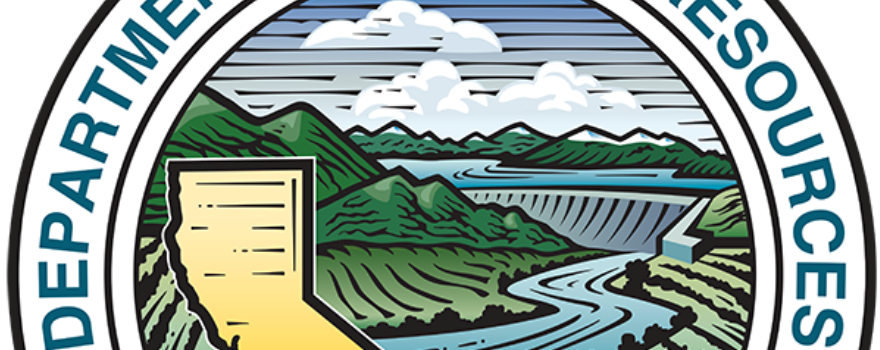From the Department of Water Resources:
“Federal agencies responsible for the protection of species listed under the Endangered Species Act (ESA) today provided biological opinions on the proposed construction and operation of California WaterFix. These biological opinions allow WaterFix to continue moving toward construction as early as 2018. This important project is designed to ensure a reliable water source for 25 million Californians while affording environmental protections for multiple species that depend upon the Sacramento-San Joaquin Delta.
“We are poised to take action to better protect our state water supplies and native fisheries,” said California Secretary for Natural Resources John Laird. “After 10 years of study, analysis, dialogue and scientific inquiry, we have come to a shared vision—and feasible approach—for how best to meet the co-equal goals of providing a more reliable water supply for California and protecting, restoring and enhancing the Delta ecosystem.”
The proposed project includes new water intakes on the Sacramento River near Hood and dual 35-mile-long tunnels to carry water to the existing south Delta pumping plants for the State Water Project (SWP) and Central Valley Project (CVP). Both biological opinions found the construction and operations of WaterFix as proposed would not jeopardize the continued existence of ESA-listed species or destroy or adversely modify critical habitat for those species.
The U.S. Fish and Wildlife Service (Service) and the National Marine Fisheries Service (NOAA Fisheries) implement the ESA, with NOAA Fisheries primarily responsible for marine species and the Service for land and freshwater species. Under the ESA, other federal agencies must consult with the Service and NOAA when their activities have the potential to impact federally endangered or threatened species.
The biological opinions analyze the effects to ESA-listed species, including the threatened Delta smelt, endangered Sacramento River winter-run Chinook salmon, threatened spring-run Chinook salmon, threatened North American green sturgeon, threatened California Central Valley steelhead and endangered Southern Resident Killer Whales, which depend heavily on Chinook salmon for food.
The Service biological opinion is available here, and the biological opinion from NOAA Fisheries is here.
The biological opinions recognize the uncertainty inherent in the dynamic ecology of the Delta and include a strong adaptive management component, where research, monitoring, and real-time tracking of fish populations and other factors will guide future operation of the new intakes.
“The wisest thing to do in the face of uncertainty is to monitor constantly, test hypotheses regularly, adjust operations accordingly, and reassess,” said California Department of Water Resources (DWR) Acting Director Bill Croyle. “In the Delta, we always will be adjusting to improve resiliency and protect the environment. What won’t change is our compliance with the state and federal Endangered Species Acts.”
DWR owns and operates the SWP. The 29 public agencies contracting to receive SWP water serve more than 25 million Californians and nearly a million acres of irrigated agricultural land.
The biological opinions are important components of the analysis of the environmental effects of WaterFix. The Final Environmental Impact Report (EIR) and Environmental Impact Statement (EIS) released in December 2016 include measures to avoid or minimize impacts that could arise from the proposed project.
Once the EIR has been certified through completion of the California Environmental Quality Act process, the California Department of Fish and Wildlife will be able to consider whether to issue an “incidental take” permit for the construction and operation of WaterFix under the California Endangered Species Act.
These biological opinions will also be considered by permitting agencies, including the State Water Resources Control Board in its hearing now underway on a petition by DWR and the U.S. Bureau of Reclamation to allow for the change in points of diversion to add three new intakes on the Sacramento River as part of WaterFix. WaterFix would not change the volume of water to which the SWP and CVP are entitled to divert, but would add additional diversion points in a more environmentally protective place that also is easier to safeguard against natural disaster such as earthquake and sea-level rise due to climate change.”
Stay tuned to Maven’s Notebook for coverage later today from the media call;
Reactions to be posted tomorrow …
——————————————–
Sign up for daily email service and you’ll always be one of the first to know!
- Sign up for daily emails and get all the Notebook’s aggregated and original water news content delivered to your email box by 9AM. Breaking news alerts like this one, too. Sign me up!
 Maven’s Notebook
Maven’s Notebook
constantly watching over the world of California water


